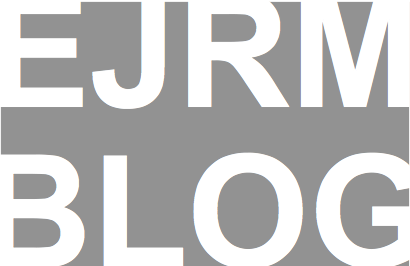The Serralves Foundation Museum was designed by Portuguese architect Álvaro Siza Vieira and completed in 1999. Located in the Quinta de Serralves, a large property close to the center of Porto, it was the first large-scale contemporary art museum in Portugal.
The entire building is an exercise in quiet contemplation, from the very beginning at the entrance patio to the smallest details of furniture, fittings, and signage. The silent, almost monolithic structure is occasionally interrupted by strategic openings onto the surrounding green, creating an interesting cadence of open/closed and naturally/artificially lit spaces. The vast surrounding landscaped gardens were designed by João Gomes da Silva and currently display sculptures by minimalist artists such as Dan Graham and Richard Serra.















